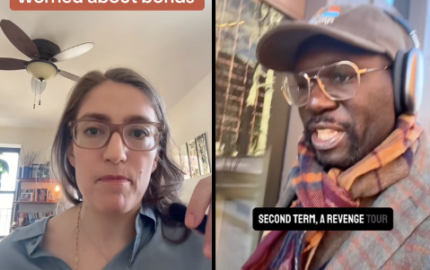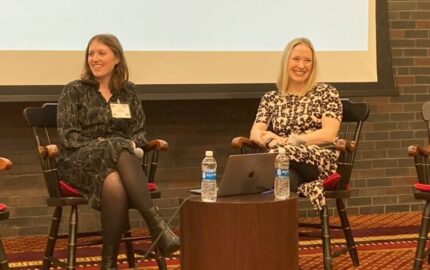What followed involved colored dots flying around a projected screen while he covered 150 years of history. Rosling has been using Gapminder World graphics to provide information about health and income around the world since 2006, but if you expect it to sound anything like a History 101 lecture, you’d be wrong.
The statistics work independently to create the spine of the story. Rosling breathlessly reveals the context via his talk. The two together form a complete narrative. The audience—admittedly one very open to Rosling’s argument—cheers him on in a presentation that gathers energy and roars through more than a century of information.
In an interview posted in September, he notes that what’s surprising about what he’s doing is not really anything new about the data itself, “it’s what we can do with animation, with trends, the change over time.”
What can journalists learn from Rosling’s use of graphics for storytelling? How to make numbers come to life. In Rosling’s TED talk, the crowd responded audibly as a moving dot representing China’s longevity and income dropped dramatically during the Great Leap Forward.
Viewers get complex statistical narratives rendered comprehensible and entertaining via a deceptively simple audio track. Rather than individual human subjects, Rosling’s stories take whole nations for their characters.
Any newsroom could do the same. The software and data are freely available to the public. Last fall, Storyboard contributing editor MacGregor Campbell worked with colleagues Peter Aldhous and Jim Giles to use Gapminder graphics in a story on U.S. health care for New Scientist.
Some newspapers, especially The New York Times, are already using large datasets to tell interactive stories that let users control what they see (such as this intriguing breakdown of how people spend their time). Trailblazers like the Times and Rosling show how moving data points can link storytelling's past to its future.


